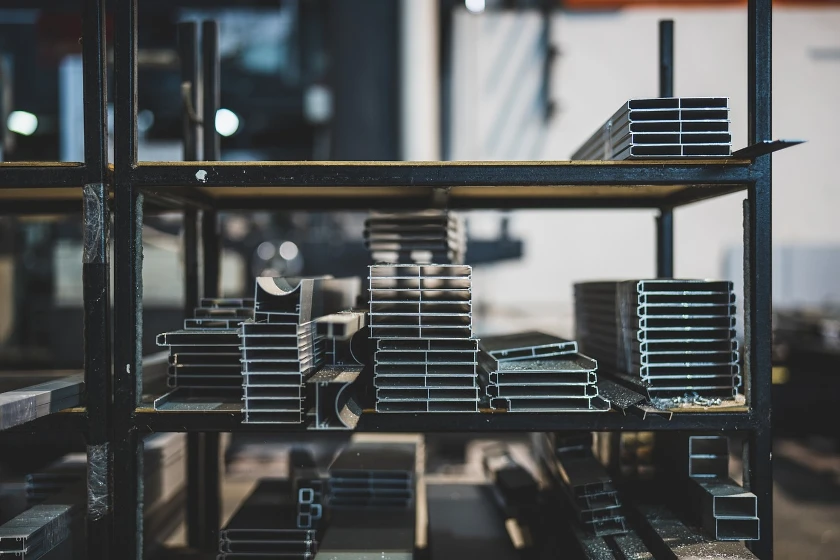The steel industry faces significant challenges as it shifts towards low-carbon technologies essential for renewable energy production. In a recent report by Strefa Biznesu, Sylvia Winiarek-Erdogan, spokeswoman for ArcelorMittal Poland, expressed the company’s difficulties in independently financing this transition.
Steel is vital for producing components needed in renewable energy solutions, including photovoltaic panels, wind farms, and electric vehicles. However, the pressure to decarbonize operations is mounting, prompting ArcelorMittal Poland to pursue new infrastructure development and adopt innovative technologies.
Rising energy prices are a major obstacle in this transition. The industry is advocating for cost reductions to facilitate the necessary changes. In response, the Polish government is exploring options for state support, with discussions reportedly taking place with the Ministry of Finance. Wlodzimierz Czarzasty, Vice Speaker of the Sejm, confirmed that negotiations for potential state aid are currently underway.
One key asset in this effort is the ArcelorMittal Poland plant in Dabrowa Gornicza, formerly known as Huta Katowice. This facility may receive up to PLN 1 billion (approximately €220 million) in state funding aimed at modernizing its production capabilities. This funding could facilitate upgrades, including the potential enhancement of a blast furnace to sustain steel output.
Market data from the IndexBox platform indicates that the global steel market is expected to grow, largely driven by demand from the construction and automotive sectors. However, the transition to greener technologies is a significant hurdle for the steel industry, which must adapt to align with global environmental targets.
This report also highlights the market dynamics for flat hot-rolled steel coils in Poland, providing insights into consumption, production, and price trends, as well as global trade figures. Manufacturers, distributors, and investors can find critical information to diversify their business, expand into new markets, and improve sustainability efforts. The data-driven approach, combining market analysis with AI capabilities, supports businesses in identifying opportunities and optimizing operations for future growth.
In summary, the steel industry stands at a crossroads. While it faces financial and technological hurdles, there are actionable pathways through state support and innovation that can facilitate its transition towards a low-carbon future.

